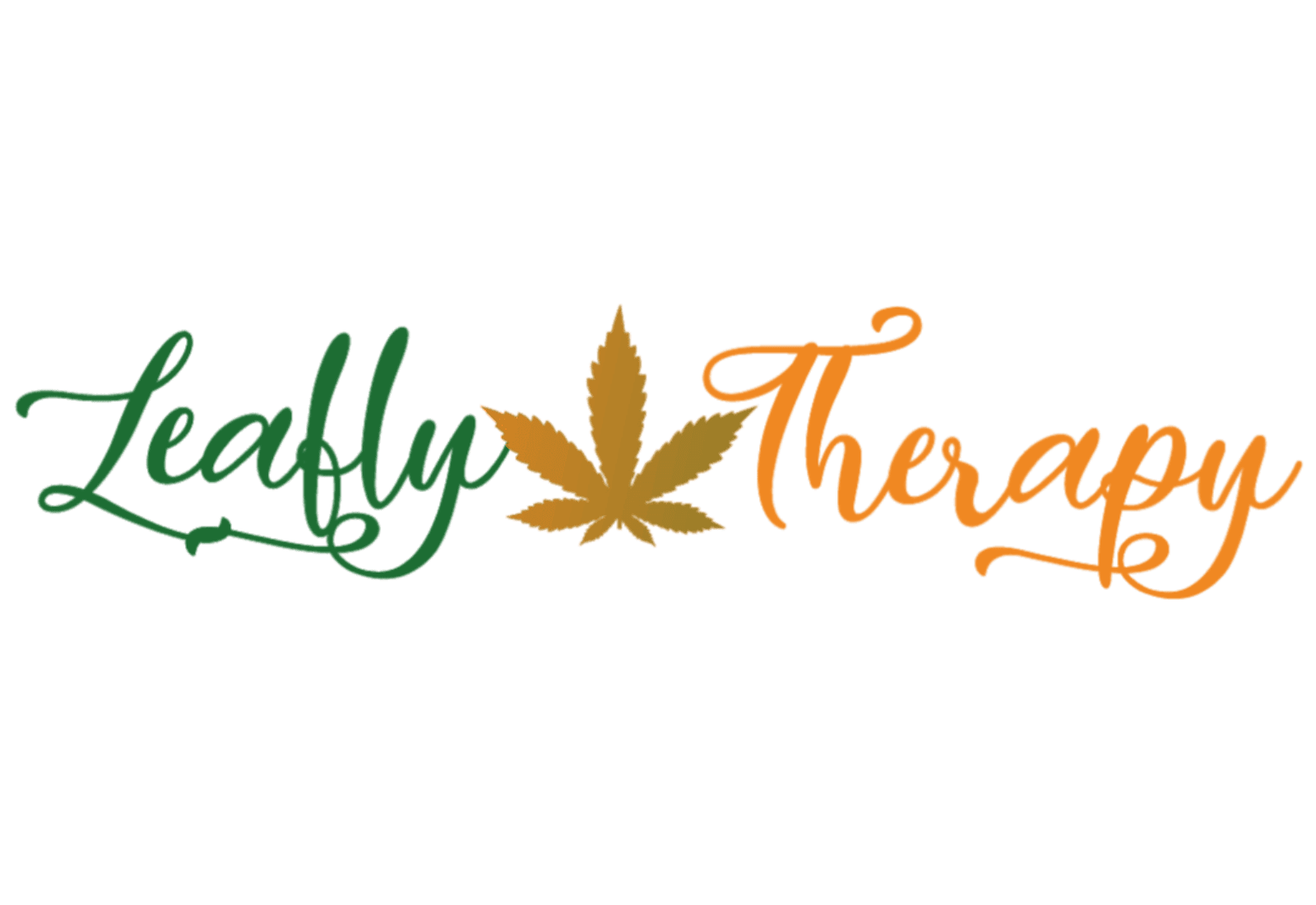
What Massage Therapists Need to Know When Working with Veterans

What Massage Therapists Need to Know When Working with Veterans
Make a real connection before your first massage.
First things first: Make a connection with the veteran before they even get on your massage table. Trust is going to be key for most veterans, and so you need to spend time talking before your first session. Some veterans may want to talk or visit your practice before they decide to schedule a session.
Pre-assessments and intakes are another excellent way to determine how to best structure a massage session, as well as the techniques that will prove most beneficial. “As a massage therapist myself, I like to know what kinds of issues my veteran clients are dealing with before the session even starts,” says Kelly Konicki, a massage therapist from Georgia and director for Hands for Heroes, an organization that provides massage therapy to veterans.
Konicki also insists that proactively reaching out to veterans makes good sense. “I think veterans are eager to try different modalities to keep themselves well, so it’s important to reach out to veterans and let them know what we can offer them.”
Be flexible and adjust to the client's individual needs.
Because each veteran may have different health issues and come from a different background, no single technique will offer the same benefits to all, according to Sara Dawdy, CEO of Mission 22, an organization dedicated to helping veterans. “Veterans have many things going on that need to be addressed,” she says. “Massage therapists are effective when they consider veterans on an individual basis. Every single massage session needs to be specifically geared toward the individual veteran on the massage table.”
Faith Davis, a massage therapist in Colorado, agrees, acknowledging that each massage session should be catered to the veteran client. “Get to know your veteran client’s health history, injuries and preferences, and adjust the massage as needed,” she explains.
It is also a good idea to use massage techniques and approaches during massage sessions that will put the veteran at ease, especially if they have a condition that might make the session more complicated, such as PTSD.
“Veterans with PTSD often do not like to be approached from their back, so massage therapists should try to be in visual sight,” says Dr. Bair. Techniques that focus on the whole body also help, according to Carol Schneider, a licensed massage therapist in New York and Pennsylvania.
Set expectation early and communicate often.
Schneider finds that clients who have PTSD especially have the tendency to arrive feeling nervous about the session, so it’s helpful to set expectations early and make sure that the client knows they are in full control of the massage session, including the music, how dark the room is, what areas of the body are OK to massage and how much pressure is used. Veteran clients also need to know they can stop a massage session at any time.
You can get a great deal of information during intake, but don’t forget to check in during the session, too. Make sure the client is comfortable and feels safe enough to give you feedback, and be extra aware of anything that might trigger a flashback or response, such as specific smells, loud noises or even some kinds of touch.
Know that generational differences exist.
In addition to ridding yourself of any preconceived stereotypes about veterans, according to Dr. Munk, considering generational differences that exist among veterans is important. “The veteran population is a diverse group of people, so it’s important to keep generational concepts in mind,” she explains. “Veteran populations are going to be different, not only because of the era during which they served in the military, but also because the age they are now may have additional overlying implications.”
Send a Message
Contact
Give us a call
(832) 409-4079Send us an email
[email protected]